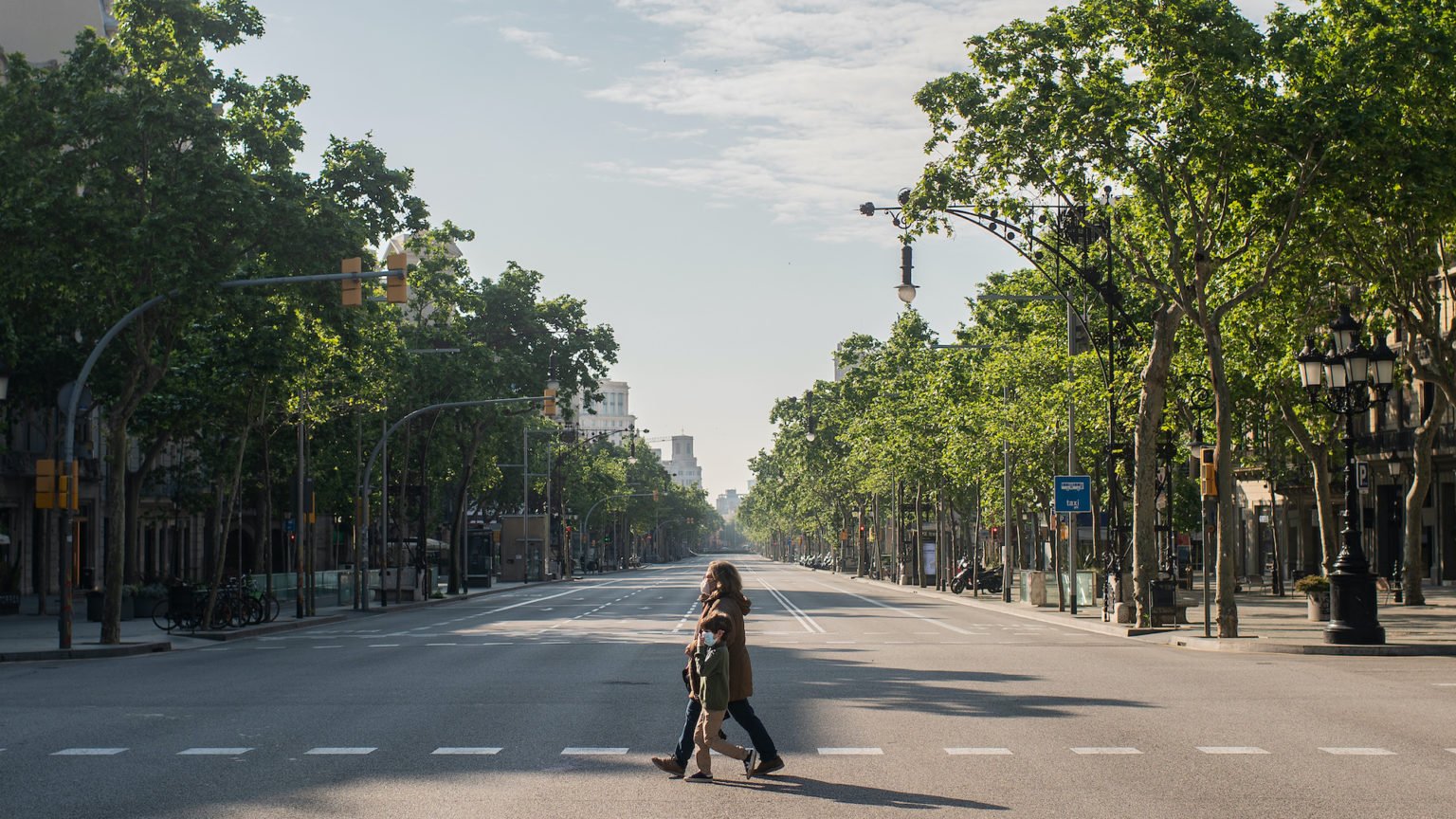Desert Hound
DA
"For society at large, the conclusion was obvious. We had to protect older, high-risk people while younger low-risk adults kept society moving.
But that didn’t happen. Instead, schools closed while nursing homes went unprotected. Why? It made no sense. "
I have to agree. Made no sense. To this day some still think it is/was impossible to protect the vulnerable and the only solution was the one size fits all blanket policy.
"Instead of understanding the pandemic, we were encouraged to fear it. Instead of life, we got lockdowns and death. We got delayed cancer diagnoses, worse cardiovascular-disease outcomes, deteriorating mental health, and a lot more collateral public-health damage from lockdown. Children, the elderly and the working class were the hardest hit by what can only be described as the biggest public-health fiasco in history."
"Throughout the 2020 spring wave, Sweden kept daycare and schools open for every one of its 1.8million children aged between one and 15. And it did so without subjecting them to testing, masks, physical barriers or social distancing. This policy led to precisely zero Covid deaths in that age group, while teachers had a Covid risk similar to the average of other professions. The Swedish Public Health Agency reported these facts in mid-June, but in the US lockdown proponents still pushed for school closures."
"Something was clearly amiss with the media. Among infectious-disease epidemiology colleagues that I know, most favour focused protection of high-risk groups instead of lockdowns, but the media made it sound like there was a scientific consensus for general lockdowns."
The above statement should hit home for @dad4 but it won't.
"I invited two scientists to join me, Sunetra Gupta from the University of Oxford, one of the world’s pre-eminent infectious-disease epidemiologists, and Jay Bhattacharya from Stanford University, an expert on infectious diseases and vulnerable populations. To the surprise of AIER, the three of us also decided to write a declaration arguing for focused protection instead of lockdowns. We called it the Great Barrington Declaration (GBD).
Opposition to lockdowns had been deemed unscientific. When scientists spoke out against lockdowns, they were ignored, considered a fringe voice, or accused of not having proper credentials. We thought it would be hard to ignore something authored by three senior infectious-disease epidemiologists from what were three respectable universities. We were right. All hell broke loose. That was good.
Some colleagues threw epithets at us like ‘crazy’, ‘exorcist’, ‘mass murderer’ or ‘Trumpian’. Some accused us of taking a stand for money, though nobody paid us a penny. Why such a vicious response? The declaration was in line with the many pandemic preparedness plans produced years earlier, but that was the crux. With no good public-health arguments against focused protection, they had to resort to mischaracterisation and slander, or else admit they had made a terrible, deadly mistake in their support of lockdowns."
"After the Great Barrington Declaration, there was no longer a lack of media attention on focused protection as an alternative to lockdowns. On the contrary, requests came from across the globe. I noticed an interesting contrast. In the US and UK, media outlets were either friendly with softball questions or hostile with trick questions and ad hominem attacks. Journalists in most other countries asked hard but relevant and fair questions, exploring and critically examining the Great Barrington Declaration. I think that is how journalism should be done."
Read the rest.

 www.spiked-online.com
www.spiked-online.com
But that didn’t happen. Instead, schools closed while nursing homes went unprotected. Why? It made no sense. "
I have to agree. Made no sense. To this day some still think it is/was impossible to protect the vulnerable and the only solution was the one size fits all blanket policy.
"Instead of understanding the pandemic, we were encouraged to fear it. Instead of life, we got lockdowns and death. We got delayed cancer diagnoses, worse cardiovascular-disease outcomes, deteriorating mental health, and a lot more collateral public-health damage from lockdown. Children, the elderly and the working class were the hardest hit by what can only be described as the biggest public-health fiasco in history."
"Throughout the 2020 spring wave, Sweden kept daycare and schools open for every one of its 1.8million children aged between one and 15. And it did so without subjecting them to testing, masks, physical barriers or social distancing. This policy led to precisely zero Covid deaths in that age group, while teachers had a Covid risk similar to the average of other professions. The Swedish Public Health Agency reported these facts in mid-June, but in the US lockdown proponents still pushed for school closures."
"Something was clearly amiss with the media. Among infectious-disease epidemiology colleagues that I know, most favour focused protection of high-risk groups instead of lockdowns, but the media made it sound like there was a scientific consensus for general lockdowns."
The above statement should hit home for @dad4 but it won't.
"I invited two scientists to join me, Sunetra Gupta from the University of Oxford, one of the world’s pre-eminent infectious-disease epidemiologists, and Jay Bhattacharya from Stanford University, an expert on infectious diseases and vulnerable populations. To the surprise of AIER, the three of us also decided to write a declaration arguing for focused protection instead of lockdowns. We called it the Great Barrington Declaration (GBD).
Opposition to lockdowns had been deemed unscientific. When scientists spoke out against lockdowns, they were ignored, considered a fringe voice, or accused of not having proper credentials. We thought it would be hard to ignore something authored by three senior infectious-disease epidemiologists from what were three respectable universities. We were right. All hell broke loose. That was good.
Some colleagues threw epithets at us like ‘crazy’, ‘exorcist’, ‘mass murderer’ or ‘Trumpian’. Some accused us of taking a stand for money, though nobody paid us a penny. Why such a vicious response? The declaration was in line with the many pandemic preparedness plans produced years earlier, but that was the crux. With no good public-health arguments against focused protection, they had to resort to mischaracterisation and slander, or else admit they had made a terrible, deadly mistake in their support of lockdowns."
"After the Great Barrington Declaration, there was no longer a lack of media attention on focused protection as an alternative to lockdowns. On the contrary, requests came from across the globe. I noticed an interesting contrast. In the US and UK, media outlets were either friendly with softball questions or hostile with trick questions and ad hominem attacks. Journalists in most other countries asked hard but relevant and fair questions, exploring and critically examining the Great Barrington Declaration. I think that is how journalism should be done."
Read the rest.

Why I spoke out against lockdowns
Martin Kulldorff on the necessity of challenging the Covid consensus.


